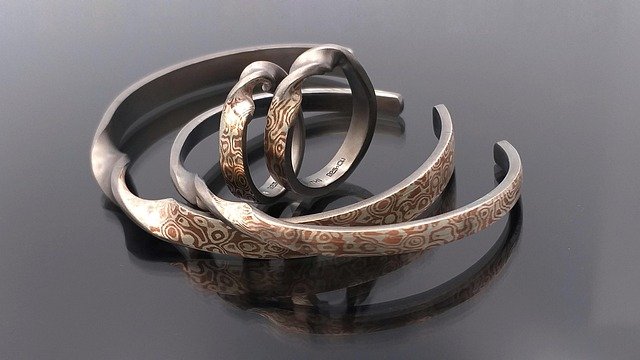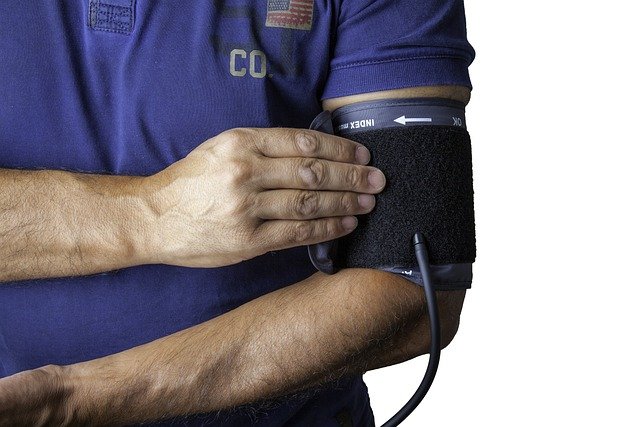Belt Buckles: Materials, Craftsmanship, and Collecting
Belt buckles blend utility with decorative detail, ranging from simple functional designs to highly worked pieces that reflect a maker’s skill. Whether worn for practical use, uniform requirements, or as part of a curated wardrobe, buckles can tell a story about materials, techniques, and cultural trends. This article explains how craftsmanship and metal choice shape buckles and offers practical advice for collectors.

What is craftsmanship in belt buckles?
Craftsmanship refers to the techniques and skill applied to make a buckle, from initial design to final finishing. Makers may use forging, casting, stamping, engraving, chasing, enameling, or stone setting. Hand-finished elements—filed edges, chased patterns, or applied ornament—often indicate greater time and skill. Industrial methods can produce consistent, lower-cost pieces, while studio makers and artisans often emphasize detail and unique design choices. Evaluating craftsmanship involves looking at construction quality, symmetry, attachment mechanisms, and the finishing of surfaces and edges.
How are silver buckles made and cared for?
Silver buckles are common because silver is malleable, takes detail well, and has a recognizable luster. Production techniques include casting, sheet forming, and hand engraving; sterling silver (typically 92.5% pure) is a standard for durable pieces. Silver tarnishes when exposed to sulfur compounds; routine care includes gentle cleaning with a soft cloth, mild detergents, or silver polish for stubborn spots. For valued or antique pieces, consult a conservator or a reputable local services jeweler before aggressive cleaning to avoid removing patina or delicate finishes.
What distinguishes gold belt buckles?
Gold buckles range from solid gold items to gold-plated or gold-filled pieces. Solid gold offers corrosion resistance and weight, but is expensive and softer, so designs often incorporate alloys for strength. Gold-plated buckles have a thin gold layer over a base metal and can show wear over time, while gold-filled items have a thicker bonded gold layer and longer-lasting appearance. Look for hallmarks, karat stamps, or maker marks to verify composition. Care for gold generally requires gentle cleaning and secure storage to prevent scratches and loss of surface finish.
Are bronze buckles different in style and durability?
Bronze, an alloy of copper with tin or other metals, has a warm tone and develops a natural patina over time. It’s durable and historically popular for military, equestrian, and decorative buckles. The patina can be left as-is for an antique look or gently polished for a brighter finish; however, aggressive polishing removes surface oxidation and can alter character. Bronze is less prone to the rapid tarnish of pure copper but can still develop verdigris in humid environments. Protective lacquers are sometimes applied to preserve a chosen finish.
How to build a belt buckle collection?
Start your collection with a theme—material (silver, gold, bronze), era, maker, or style (Western, military, fashion). Document each piece with photos, provenance, maker marks, and purchase details. Store buckles flat or on padded racks to avoid pressure on attachments; use archival boxes or cloth pouches for long-term storage. For display, consider shallow shadow boxes that prevent movement and minimize exposure to dust and humidity. For valuation, authentication, or restoration, use reputable appraisers and local services experienced with metalwork; maintain records of any conservation work to preserve provenance.
Conclusion
Belt buckles are functional items that also reflect material properties, maker skill, and cultural context. Understanding the basics of craftsmanship and the traits of silver, gold, and bronze helps in assessing condition, care, and value. Whether acquired for daily wear or as part of a focused collection, thoughtful documentation and cautious conservation preserve both aesthetic and historical qualities. With attention to hallmarks, construction, and appropriate local services for repair or cleaning, a buckle collection can offer years of interest and insight.






